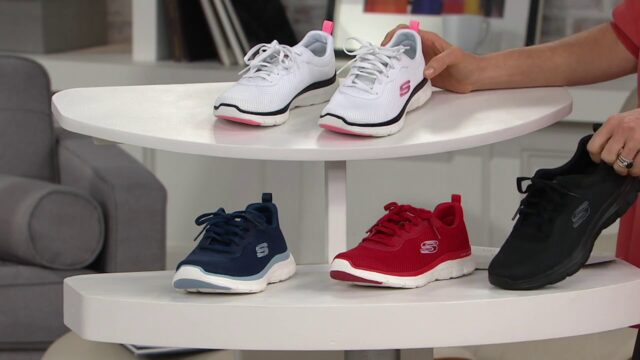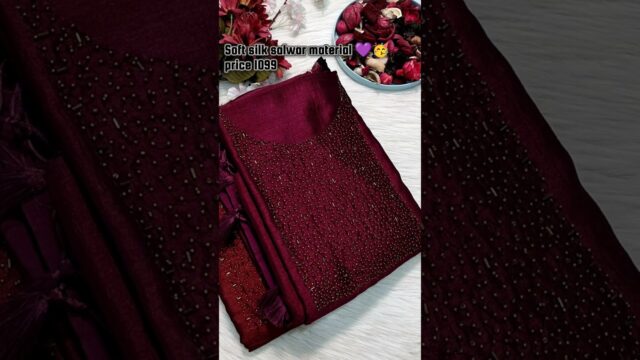INTERFACING! Stop GUESSING and let’s talk where, when and HOW to use it!
122KHey everyone, welcome to today’s video where we are going to talk all about interfacing! If you’re tired of guessing when and how to use interfacing in your sewing projects, then this video is for you. I’ll be breaking down everything you need to know about interfacing and when to use it, so let’s dive right in.
First off, let’s start with the basics. What exactly is interfacing? Interfacing is a material that is used to add structure, stability, and support to various parts of a garment. It is typically a lightweight fabric that is fused or sewn onto the main fabric to help it maintain its shape, especially in areas like collars, cuffs, and waistbands.
So, when should you use interfacing? Interfacing is often used in areas of a garment that need extra reinforcement or stiffness. For example, if you’re making a button-up shirt, you would use interfacing on the collar and cuffs to ensure they hold their shape and don’t wilt over time. Interfacing can also be used in bags and accessories to add structure and durability.
Now, let’s talk about the different types of interfacing and when to use each one. There are several types of interfacing available, including fusible, sew-in, and knit interfacing. Fusible interfacing has an adhesive side that is activated by heat, making it easy to attach to the fabric with an iron. Sew-in interfacing, on the other hand, must be stitched onto the fabric. Knit interfacing is stretchy and is often used in knit fabrics to maintain their stretchiness.
So, which type of interfacing should you use? It really depends on the fabric and the desired level of structure. Fusible interfacing is great for lightweight to medium-weight fabrics and is quick and easy to use. Sew-in interfacing is better for heavier fabrics or when you don’t want to add any extra bulk to the seams. Knit interfacing is perfect for stretchy fabrics that need to maintain their stretch after interfacing.
Now, let’s talk about how to apply interfacing. If you’re using fusible interfacing, start by cutting out the interfacing pieces according to the pattern instructions. Then, place the adhesive side of the interfacing onto the wrong side of the fabric and press with a hot iron. Make sure to use a pressing cloth to protect your fabric from any heat damage. Sew-in interfacing can be basted onto the fabric before sewing the seams together. Knit interfacing can be fused with a hot iron or stitched into place with a zigzag stitch.
When applying interfacing, it’s important to follow the manufacturer’s instructions to ensure a proper bond and prevent any bubbling or warping of the fabric. It’s also a good idea to test a small piece of interfacing on a scrap of fabric before applying it to your main project.
In conclusion, interfacing is a versatile and essential tool in the world of sewing. By knowing when and how to use interfacing, you can elevate your sewing projects and ensure they stand the test of time. So, next time you’re working on a garment or accessory that needs a little extra structure, don’t guess – reach for the interfacing and let it work its magic.
Thanks for watching, and happy sewing!










